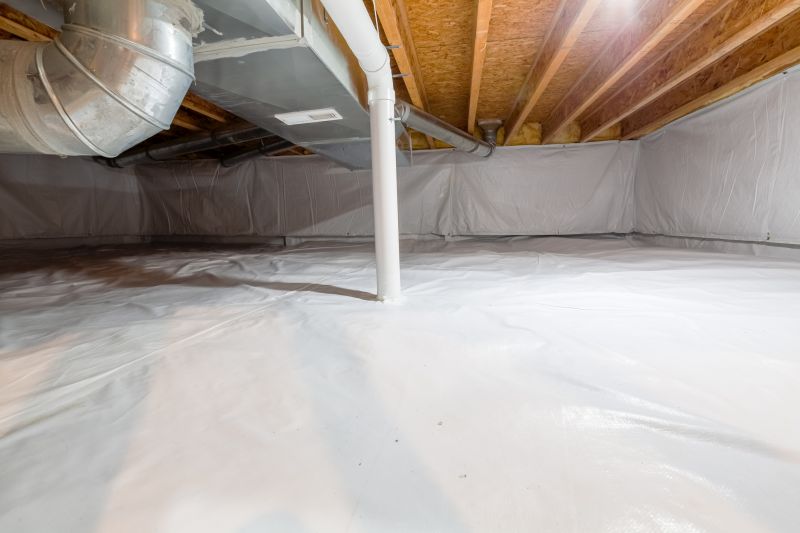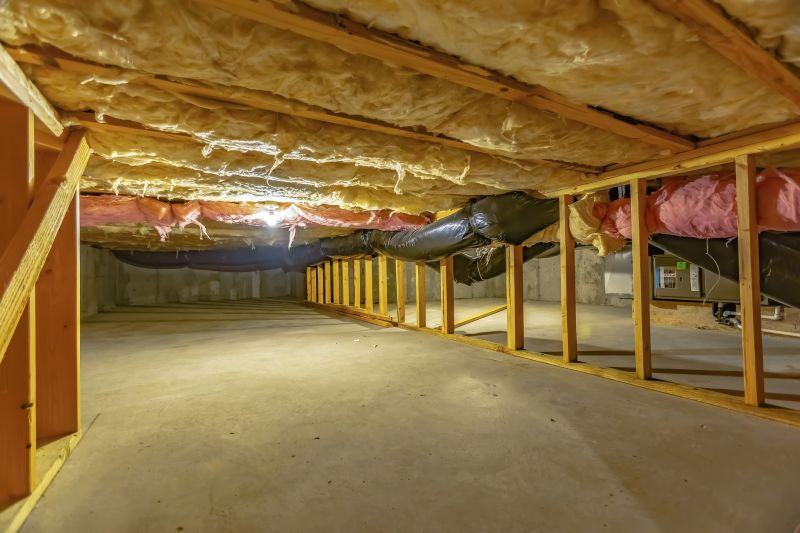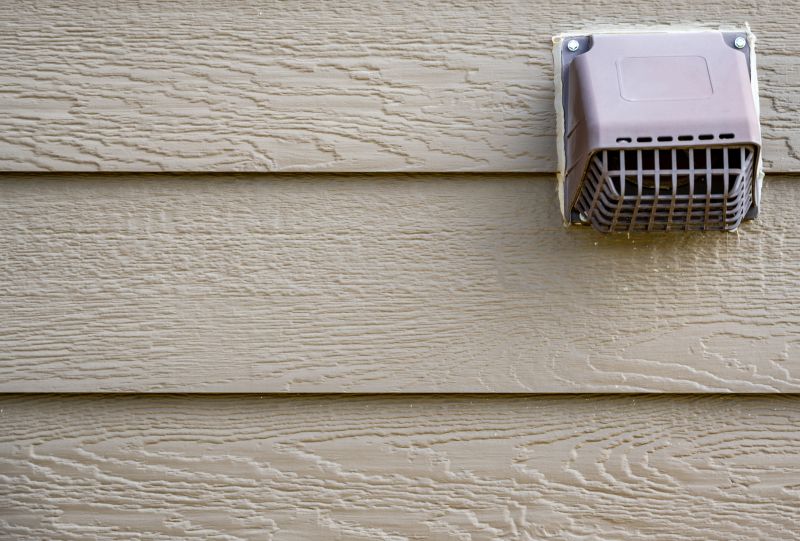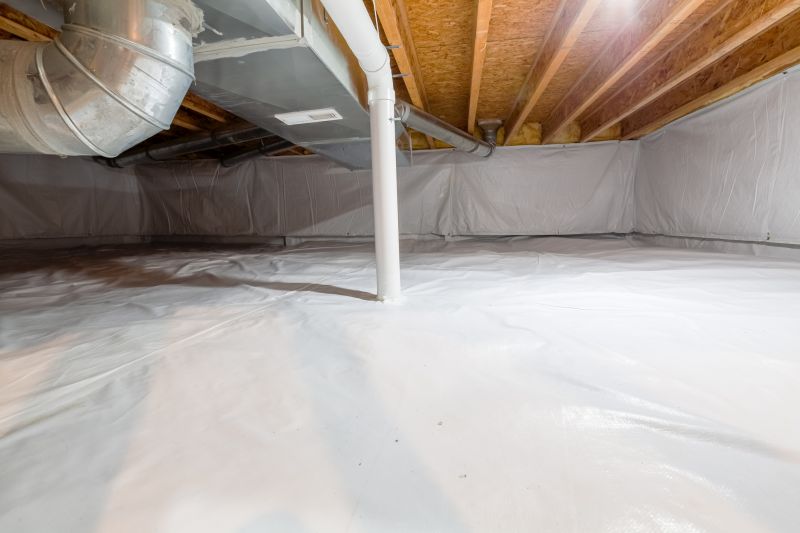Transform Your Crawlspace for a Safer Home
Crawlspace encapsulation involves sealing and insulating the crawlspace area beneath a building to prevent moisture intrusion, improve air quality, and enhance home energy efficiency. Proper encapsulation can significantly reduce the risk of mold growth, wood rot, and pest infestations, contributing to a healthier and more comfortable living environment.
Encapsulation prevents excess moisture from entering the crawlspace, reducing mold growth and structural damage caused by dampness.
Sealing the crawlspace helps maintain consistent indoor temperatures, lowering energy costs and improving comfort.
Reducing mold and dust mites in the crawlspace can improve indoor air quality and reduce allergy symptoms.
A sealed crawlspace discourages pests such as rodents and insects from nesting underneath the home.

A fully sealed and insulated crawlspace with vapor barrier installed, showcasing effective moisture barrier and insulation.

Close-up of the encapsulation process with airtight sealing and insulation application.

Crawlspace with vent covers installed to prevent outside air and pests from entering.

Interior view showing insulated walls and sealed flooring for optimal energy efficiency.
Failure to encapsulate a crawlspace can lead to increased humidity levels, mold development, wood rot, and pest infestations, all of which can compromise the structural integrity of a home. Studies indicate that unsealed crawlspaces can contribute to indoor humidity levels exceeding recommended standards by up to 50%, fostering conditions conducive to mold and allergen growth. Conversely, encapsulation can reduce indoor humidity by up to 20-30%, creating a healthier environment and lowering energy bills.
| Benefits of Crawlspace Encapsulation | Risks of Not Encapsulating |
|---|---|
| Reduces moisture and mold growth | Increased likelihood of mold and mildew |
| Improves indoor air quality | Higher indoor humidity levels |
| Enhances energy efficiency | Higher heating and cooling costs |
| Prevents pest infestations | Pest and rodent entry points |
| Protects structural components | Accelerated wood rot and decay |
| Maintains home value | Potential for costly repairs due to damage |
| Reduces allergens | Increased dust and allergen buildup |

